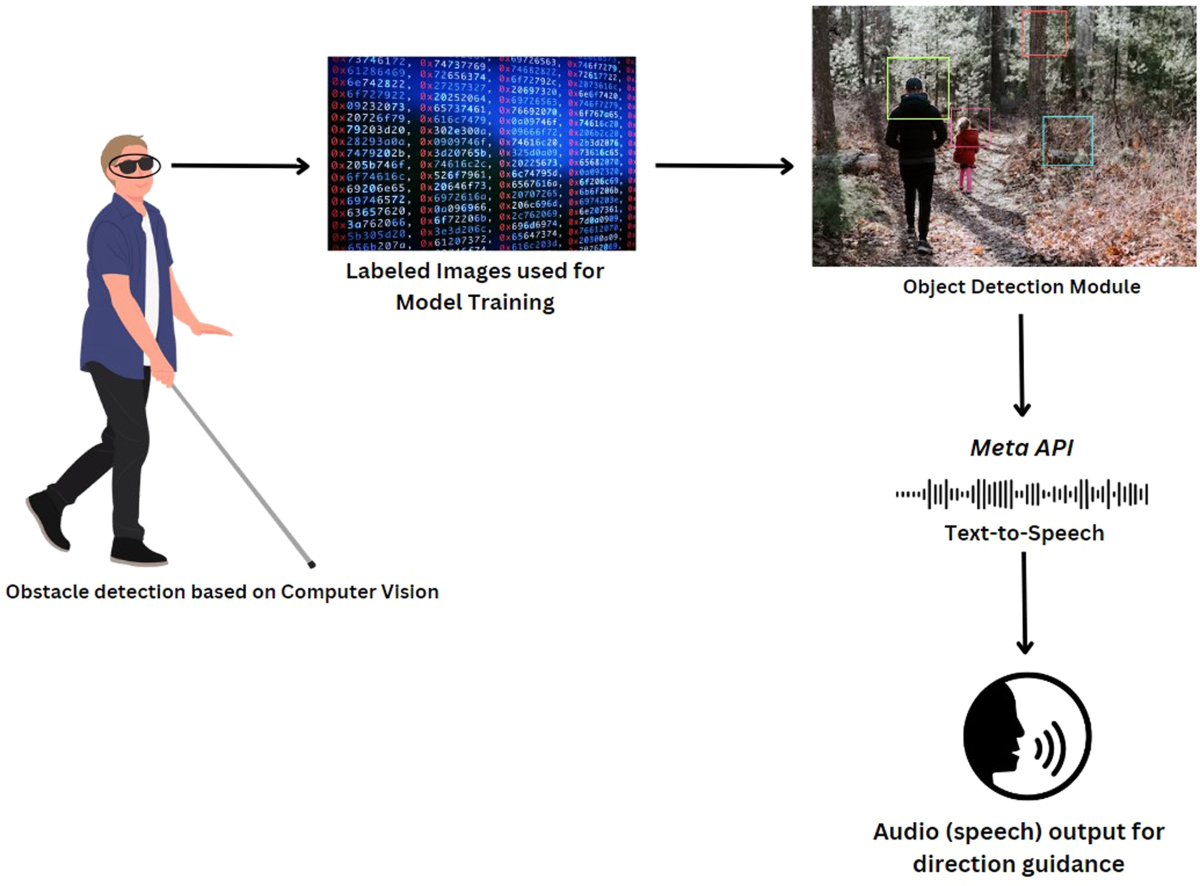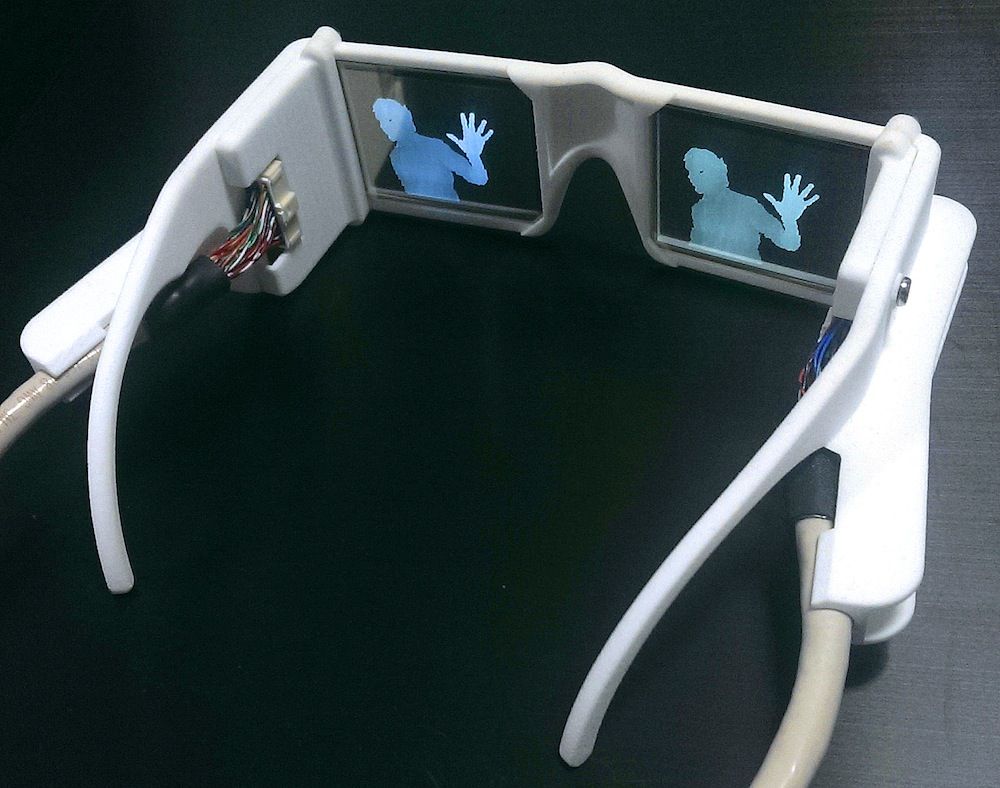Enhancing Availability Via Assistive Innovation for the Blind
The assimilation of assistive modern technology for the blind stands for an essential improvement in ease of access, essentially altering how people browse their atmospheres and engage with society. As we discover the varied types of assistive devices and their substantial influences on everyday living, it becomes important to examine just how recurring technological advancements are improving the landscape of assistance for the blind community.
Overview of Assistive Modern Technology
Assistive innovation refers to a variety of gadgets and software made to improve the capabilities of people with impairments, consisting of those who are blind or visually damaged. This technology plays a crucial function in promoting self-reliance and improving the top quality of life for users. By giving alternate approaches for accessing details and executing everyday jobs, assistive innovation encourages individuals to browse their environments better.
The growth and application of assistive modern technology embrace a range of concepts focused on cultivating accessibility. These concepts consist of user-centered design, which focuses on the requirements and choices of the person, and the integration of modern technology right into everyday tasks. Such innovations guarantee that assistive gadgets are not just functional yet simple and additionally instinctive to use.
Moreover, assistive modern technology encompasses a diverse spectrum of options, from low-tech alternatives like magnifiers to high-tech developments such as screen visitors and Braille screens. The recurring advancement of this area is driven by the need to deal with the distinct difficulties dealt with by individuals with aesthetic problems (Wearable technology for low vision). As modern technology proceeds to development, the possibility for boosting access and advertising inclusivity continues to be promising, ultimately adding to a more fair culture

Sorts Of Assistive Tools
Various kinds of assistive devices are available to support people that are blind or aesthetically damaged, each designed to address specific demands and obstacles. These gadgets can be extensively categorized into 3 primary types: low-tech, mid-tech, and modern services.
Low-tech devices consist of things such as magnifiers, Braille tags, and tactile maps. These are relatively simple devices that boost the individual's capability to connect with their environment without calling for intricate innovation.
Mid-tech devices usually include advanced features, such as electronic magnifiers and mobile Braille note-takers. These gadgets can supply performances like speech result, allowing individuals to access info extra effectively.

Influence On Daily Living
The accessibility of numerous assistive tools significantly improves the high quality of life for people that are aesthetically damaged or blind, impacting their day-to-day living in profound ways. By integrating technologies such as screen readers, Braille displays, and audio description services into their routines, users gain greater autonomy and independence. These devices facilitate accessibility to information, enabling people to execute day-to-day jobs, such as reviewing e-mails, navigating public spaces, and taking pleasure in media material.
Furthermore, assistive devices empower people to involve even more completely in social interactions and community tasks. The capability to use mobile phones equipped with accessibility attributes enables smooth communication and link with others. This connection promotes a sense of belonging and minimizes sensations of seclusion.
In professional setups, assistive innovation sustains performance by allowing individuals to complete work tasks efficiently. Tools like voice acknowledgment software and specialized magnification tools allow users to participate in the workforce on equal footing with their sighted peers.

Improvements in Innovation
Current technological developments have actually substantially transformed the landscape of tools available for people that are visually damaged or blind. The assimilation of expert system (AI) and equipment learning has actually generated applications that enhance navigation and object acknowledgment. Mobile phone apps can currently make use of AI to determine and describe surroundings in real-time, supplying customers with important contextual information.
In addition, improvements in haptic technology have actually resulted in the growth of clever canes furnished with sensing units that spot obstacles and give responsive responses. This empowers users to navigate their setting with enhanced self-confidence and self-reliance. Developments in text-to-speech software application and braille screens have improved the access of electronic content, permitting for smooth interaction with numerous media.
Wearable modern technologies, such as clever glasses, are also making strides in assisting visual problems. As modern technology continues to progress, the potential for even more transformative devices stays on the horizon.
Future Trends and Innovations
As technology rapidly progresses, the future of assistive tools for individuals that are blind holds tremendous assurance. Developments in expert system (AI) and device learning are positioned to revolutionize the method blind users connect with their settings. For example, AI-driven applications are being created to enhance item recognition, enabling users to recognize and browse their surroundings with greater convenience and precision.
In addition, advancements in haptic comments innovation are allowing the development of tactile maps and navigating aids that give real-time info via touch. These innovations not only improve wheelchair yet additionally foster freedom. Additionally, wearable tools geared up with augmented fact (AR) attributes are emerging, offering users visual details with audio summaries, therefore connecting the void between the physical and digital worlds.
Moreover, the integration of smart home innovation offers new opportunities for access, allowing individuals to regulate their living atmospheres with voice commands or smart device applications. As cooperation in between technology designers and the blind area continues, the concentrate on user-centered layout will certainly guarantee that future technologies are tailored to meet the one-of-a-kind needs of this population (Wearable technology for low vision). The trajectory of assistive innovation guarantees a much more comprehensive and empowering future for individuals that are blind
Conclusion
In final thought, assistive technology plays a vital duty in improving accessibility for individuals with aesthetic impairments. The diverse array of tools, consisting of display readers and clever canes, substantially improves day-to-day living and fosters freedom. Continuous improvements in modern technology and user-centered style make certain that these devices provide properly to the one-of-a-kind demands of the blind neighborhood. As innovations progression, boosted inclusivity and empowerment can be expected, eventually enhancing the quality of life for those affected by visual problems.
The assimilation of assistive modern technology for the blind represents a pivotal development in accessibility, essentially modifying exactly how people browse their environments and involve with culture.Assistive innovation refers to a variety of devices and software designed to improve the abilities of people with disabilities, consisting of those who are blind or visually impaired. Wearable technology for low vision.As innovation swiftly proceeds, the future of assistive tools for people Voice-activated assistive devices who are blind holds immense pledge. The trajectory of assistive modern technology guarantees a more inclusive and empowering future for individuals who are blind
In final thought, assistive innovation plays a critical function in improving availability for individuals with visual disabilities.